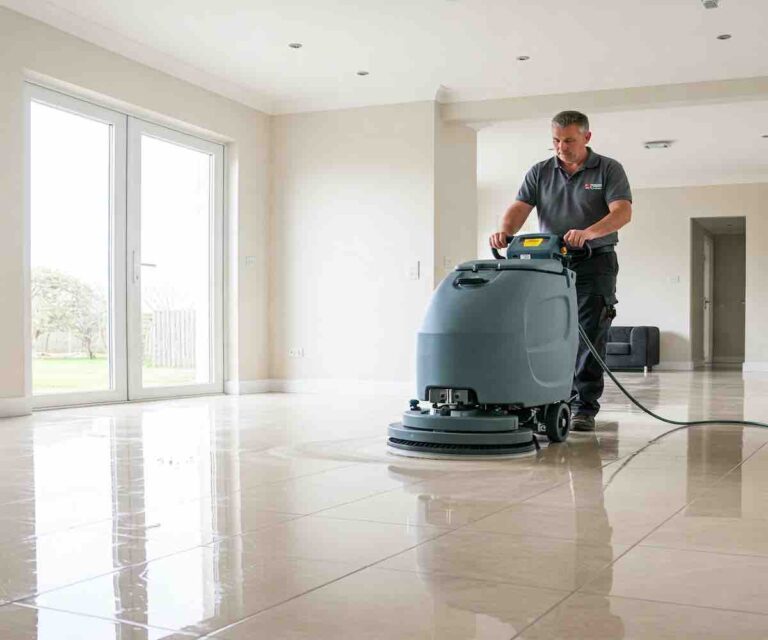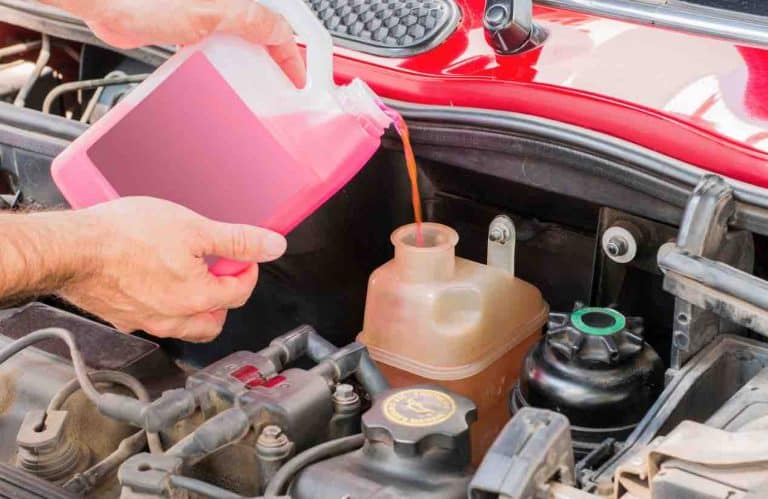When should I use the green premixed coolant?
Here is the audio of this Article
Checking up on your coolant is easy to forget, but it’s just as important as your engine oil, and knowing when to use the suitable coolant acts in the same way that oil function; the green premixed coolant serves several purposes with your car by keeping the engine from overheating or freezing while driving in extreme weather, it also keeps the engine from getting too hot and over-heating but using the suitable engine coolant is essential because it prolongs the life of vital engine parts by protecting them from corrosion. This will further be highlighted to understand better why this liquid comes in many colors, such as blue, yellow, green, red, pink, turquoise, orange, and purple. They are also available in more than one color, which can confuse people who don’t know what each color indicates.
Table of contents
- Introduction
- Types of engine coolant
- The different colours of coolant
- What are the benefits of using coolant
- How often should the coolant be changed
- Best Practices of coolant usage
- Conclusion
Types of Engine Coolant
There are different types with specific needs and how coolant works differs. They include Inorganic Additive Technology (IAT), Organic Acid Technology (OAT), and Hybrid Organic Acid Technology (HOAT).
Inorganic Acid Technology(IAT)
This coolant was used in the cars produced in the USA between 1920 and 1990. It contains silicates and phosphate corrosion inhibitors to protect metal parts such as the radiator and engine. Typically, older cars use IAT, and It needs to be changed every two years or 24,000 miles, making it far inferior to newer formulas.
Inorganic Acid Technology is usually found in a bright green color. It’s typically used in older cars manufactured before the mid-1990s ( Domestic vehicles from ’20s to ’90s, GM, Ford, Chrysler).
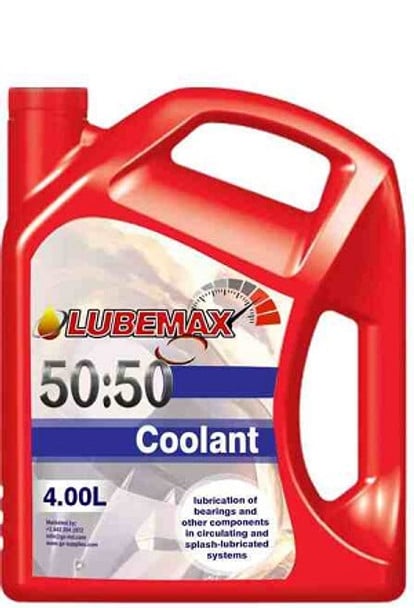
Organic Acid Technology (OAT)
The OAT is present in newer cars all over the world; OAT coolant ranges from orange, pink, dark green, bright red, red, and blue. These coolants use carboxylic acids as the ‘additive’ to inhibit corrosion.
These coolant do not contain silicates or phosphates, although OAT types do. These are corrosion inhibitors that enable the products to last for a more extended period. Some metal parts could exhibit some wear-in time. It is recommended to flush out the cooling system every 135,000 miles or every ten years. It is Typically used in Honda, Chrysler, Toyota, GM, VW, Mitsubishi, and Nissan).
Hybrid Organic Acid Technology (HOAT)
This is a mixture of IAT and OAT coolants, which are designed for new cars. This contains silicates that increase aluminum protection and prevents corrosion. Other additives are present to prevent rusting. HOAT coolants are often found in colors associated with rainbow-like yellow, turquoise, pink, and blue or purple. It is recommended to be flushed every 150,000 miles or five years, depending on your specific brand of HOA. It is typically used in Major European, German, and Asian car manufacturers, including some Chrysler vehicles).
The Different Colours of Coolant
There are various types of coolant, each of which is used for a specific purpose. They include Green, Orange, red, pink, etc.
Green Coolant.
They are designed for older cars that contain more copper and steel components in the cooling system, and to protect these metallic parts from rust and corrosion, Inorganic Additive Technology (IAT) gets added to the mix.IAT is a mixture of compounds such as phosphates and silicones, with either propylene glycol or ethylene glycol. The Phosphates are derived from phosphoric acid and help soften water and remove oil and grease. Silicones, on the other hand, work as a metal sealant, protecting them from different chemicals, moisture, and general wear.
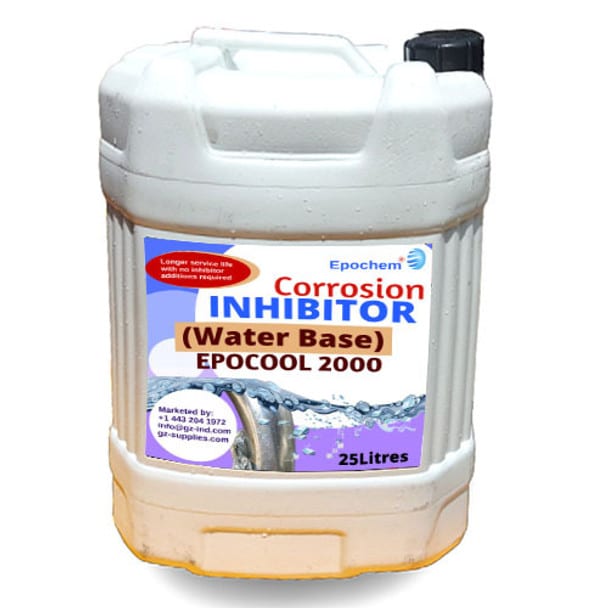
Pink coolant
The pink is mostly used for Mercedes, Volkswagen, and General motors vehicles. Pink antifreeze is a permanent coolant of the latest generation. Pink antifreeze is made of high quality in an aqueous, carboxylic acid form. It protects the cooling system down to -30°C. It is a ready-to-use product. It can be used as a complement or complete circuit renewal for better efficiency.
Orange
They are helpful in the protection against corrosion and wear; it shouldn’t be used in vehicles made with most metals but should be used on newer models usually made from Nylon and Aluminium.
There are several components of the orange coolant, such as carboxylates, that help to reduce corrosion. It allows oxygen into the system when it gets too low. If this happens, you may experience damage to the internal components and clogs. You should check your tank levels now and again, especially if you’re going on a long trip.
Red coolant
Red antifreeze manufactured using the HOAT type of organic acid technology and created for specific regions of the world is available from Red Super Complex. You can order the red antifreeze for your Toyota, Honda, Hyundai, Nissan, or European and Asian vehicles.
Yellow coolant
These are recommended in aluminium alloy petrol-powered automotive engines and heavy-duty diesel and natural gas mobile and stationary engines. Provided the correct dosage of DD 50 Yellow Coolant is maintained, flush, and changed the passenger car/light-duty commercial vehicle cooling system contents every five years or 250,000 km.
What are the benefits of using coolant?
- Coolant has the role of helping to keep your engine cool during the hot summer months. It also keeps it from freezing in arctic wintertime conditions as well.
2. Anti-corrosive. The fluid will not attack the metals it comes in contact with, and it won’t destroy them over time)
3. Prevents deposits: The limestone deposits and others similar to it which could reduce the cooling system’s efficiency.
4. Anti-foam: They have special additives in it that prevent foam from forming. If foam appears, the cooling system’s efficiency might be reduced.
How often should the coolant be changed?
It is ideal for changing the coolant (antifreeze) should be at least once every 2-5 years, after which it loses much of its benefits unless specifically formulated as ‘lifetime’ on the bottle.
It is essential to change the coolant in extreme weather because the engine can suffer damage, vehicles can run on any coolant but are a specific coolant for preventing corrosion and preserving metal and aluminum parts, and it determines how often you should flush your coolant system.
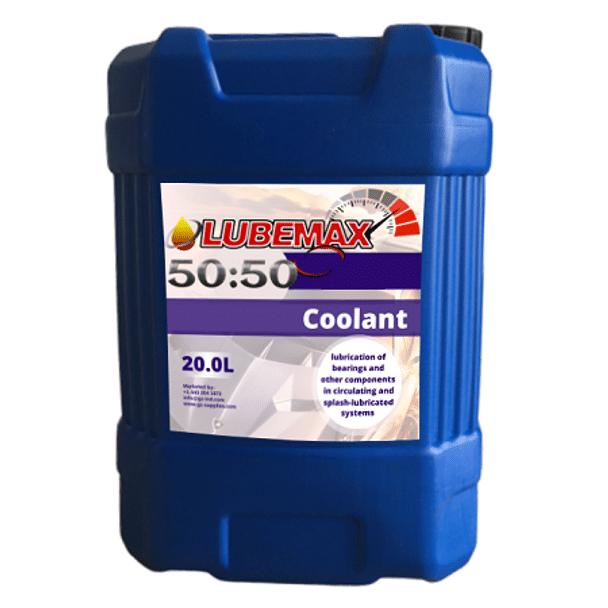
Best practices of coolant usage
- When you change your car’s coolant or antifreeze, ensure you’re doing it with the same color. Otherwise, the owner manual will tell if it’s compatible with your vehicle or not.
- It is advised that in changing the coolant of your car, ensure to drain all the old ones and then top off with distilled water, start the engine and let it circulate entirely and then drain again. For best results, this should be done 2-3 times.
- Add the new coolant using the tips above, and make sure you at least follow the 50-50 ratio.
Frequently Asked Questions
- Is coolant and antifreeze the same? Antifreeze and Coolants are similar, but not the same. To maintain a functioning cooling system, you will need to use antifreeze and coolant.
- How do i choose the right choice of coolant? Every car has a specific coolant recommended by the car company, simply check the manual on the required coolant for your car.
- How do i know my coolant guage is low? Check the high-temperature gauge on the dashboard. This gauge is designed to tell you when the engine is getting too hot. Most often, the gauge should stay near the center of the H and C symbols
- When is the right time to check the coolant? wait for the engine to cool down before looking under the bonnet. The coolant solution could be very hot and the tank is usually pressurised.
- Is it okay to drive when the coolant is low? No, it is not safe to drive with a low engine coolant level. Low engine coolant can cause airlocks in the coolant system and an overheating engine can destroy expensive parts like the engine block or seize it completely.
Conclusion
Green premixed coolant is helpful in the maintenance of car engines, but it needs to be changed over time because chemicals within the coolant break down and become less effective. Over time, this can cause rust and sludge buildup, damaging the cooling system. If the cooling system becomes damaged, there’s a risk of overheating–a much costlier mistake than paying for a coolant flush, so ensure you get it done when needed, contact our expert for more inquiries.


